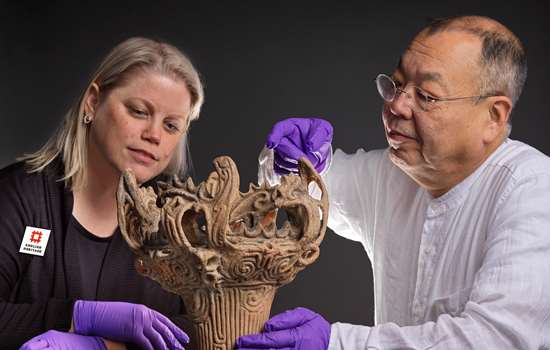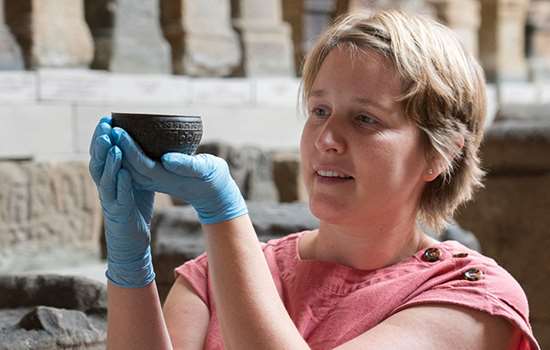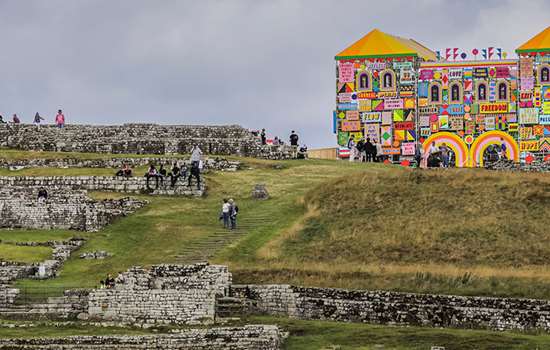11/09/2020
Blue plaque for Sir Robert Hunter
English Heritage has unveiled a blue plaque for Sir Robert Hunter, the co-founder of the National Trust and 'champion of the preservation of open spaces'
English Heritage has commemorated Sir Robert Hunter, co-founder and first Chairman of the National Trust, with a blue plaque today.
The plaque is installed at number 5 Louvaine Road in Battersea, where Hunter moved with his new wife in 1869. During this time he was working for the Commons Preservation Society and joined in the defence of nearby Wandsworth Common.
Though this address is also associated with personal tragedy, for it was here that Hunter’s wife and son died within days of each other, it was a place where he found happiness, albeit short-lived, in marriage to his beloved Emily.
English Heritage Senior Historian, Howard Spencer, said:
'Sir Robert Hunter was a champion for the preservation of open spaces even before the National Trust was founded. It is fitting to commemorate him here today, just a short walk away from Wandsworth Common, which he helped to save over 150 years ago.
'He believed that it was essential that urban dwellers should have access to open spaces for the sake of their health and well-being: Epping Forest and Wimbledon Common were two other green lungs of London that he helped to preserve for our enjoyment today.'
Hilary McGrady, Director General of the National Trust, said:
‘Robert Hunter, one of the three founders of the National Trust, was a modest man who never sought limelight for himself. But with his acute legal knowledge and experience with the Commons Preservation Society, he ensured that the Trust’s purpose was written in a way which, remarkably, still serves us so well today, allowing the Trust to look after nature, beauty and history.
'He even came up with the name “National Trust”. I am delighted that he has been honoured with this plaque.’
Hunter’s vision of a charitable organisation that could own land on behalf of the nation came into being with the incorporation of the National Trust on 12 January 1895.
He was the prime mover behind the Trust’s acquisition of Hindhead Common in Surrey and made vital contributions to legislation for the preservation of ancient monuments.
After his death in 1913, Hunter was hailed as ‘a great public servant and a great national benefactor’ by his fellow founder of the National Trust, Hardwicke Rawnsley.
London (and Londoners) benefitted enormously from his actions on behalf of the Commons Preservation Society in securing public access to the many open green spaces both north and south of the Thames.
Another co-founder of the National Trust, Octavia Hill, is already commemorated with a blue plaque.
The English Heritage London Blue Plaques scheme is generously supported by David Pearl, Knight Frank and members of the public.
To find out more, including how to nominate someone for a blue plaque, visit our blue plaques page.
For more from English Heritage, follow us on Twitter, Facebook and Instagram.



